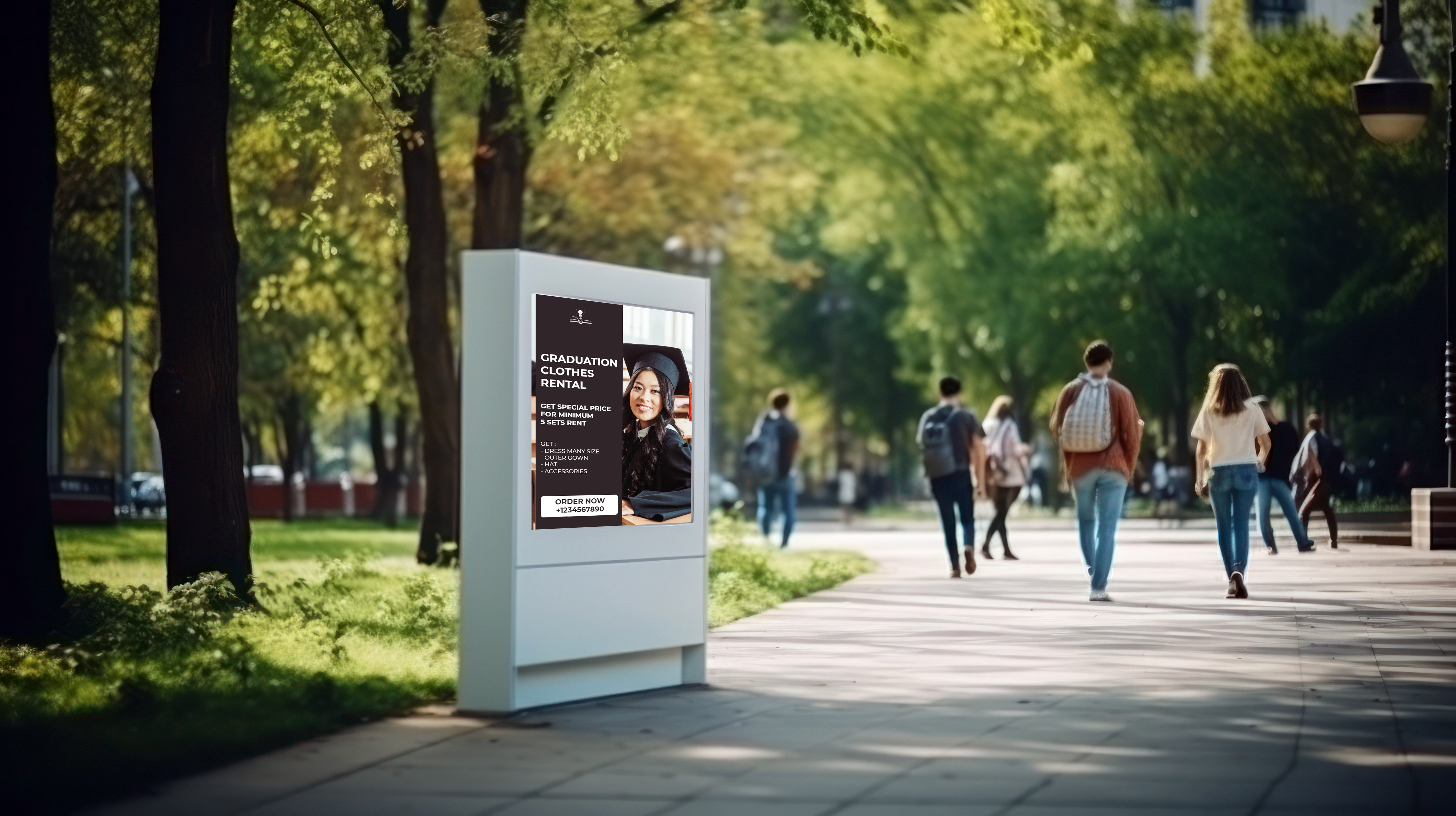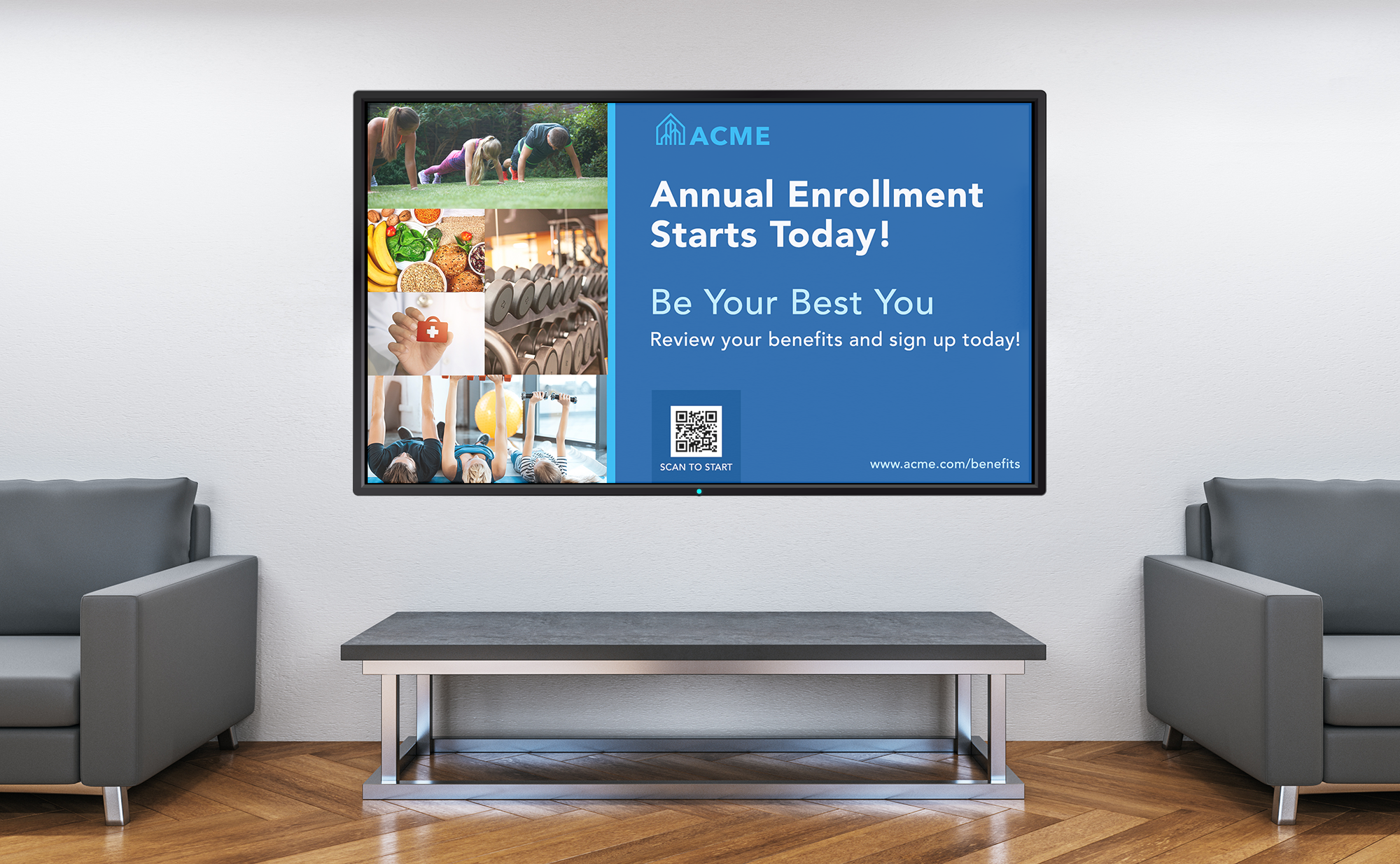Restaurants to retail, warehouses to utility sites, hospitals to factories — frontline employees keep companies in business with their ability to deliver, stock, box, manufacture, ship, care, build and maintain. In many cases the public — your customers — now know many of them as “essential workers.” Indeed they are, both for what they do and what they represent.
Their position out front puts them as either the first to engage with customers or certainly to showcase your products and stewards. As such, they are the effective faces of your value and brand when it comes to those day-to-day, real-life customer experiences.
Frontline workers are 80% of the American workforce — 2.7 billion employees around the world. Yet only 15% of them feel engaged at work.
Oh-oh. Are your employee communications reaching them where they work?
A Lack of Employee Engagement

It’s not for lack of understanding: close to 80% of business management will tell you that empowered frontline employees are a critical part of their long-term business strategy. Management recognizes that a better employee experience brings in and retains talent increasing overall productivity. But not enough employers seem to be actually prioritizing workplace experience and the needs of field employees.
Over 84% of frontline employees feel they don’t get sufficient communication from management. 75% said they have no ability to give feedback to corporate HQ. 60% have no idea where to find important information, 50% have no perception of the company’s direction, and 40% report burnout from COVID 19 stress and fatigue. An equal number plan to look for new jobs within the next half-year.
Talk about a gap between strategy and reality!
As so-called “deskless” workers, these employees spend most of their time on-the-go, on work sites, on their feet. The majority lack company computers and e-mail. This limits their access to the digital services and communications enjoyed by their office-based or work-from-home peers. Traditional channels won’t connect with these frontline employees: they need their own digital workplace experience.
The Next Wave in Employee Communication

Zoom calls aren’t going to cut it when a frontline worker is on top of a wind turbine inspection or moving heavy machinery across the factory floor. But there is an increasingly powerful employee communication solution in the technology everyone has carried for over a dozen years.
Personal smartphones overcome many of the logistical barriers and hardware expense that may have prevented frontline employees from having more access to company communications. A BYOD (Bring Your Own Device) policy integrated with a dedicated mobile employee app becomes a centralized portal to deliver specific tools and information to targeted groups of people — anywhere and on their time.
Robust authentication provides the security IT demands, but with a frictionless Single Sign On (SSO) that makes it effortless for every employee in any situation. In their personal lives, these employees have become very comfortable with this technology and expectant of a digital employee experience that’s relevant, convenient and engaging. Basing this type of mobile employee communications app off of a powerful workplace experience platform activates a form of modernized social intranet that incorporates familiar actions and intuitive controls into a company-based mobile experience.

Smooth transitions and animations, easy-to-navigate headers and mobile search are invites to seamless connectivity and collaboration with not just your organization — but to *their* organization. Social media style opportunities give them the chance to interact directly with each other by commenting, sharing views, following “channels” that interest them, and receiving real-time notifications on content as it’s published to those news feeds.
Putting this form of effective employee communication literally in their hand also means these employees can now interact with relevant tools integrated into the app. Frontline employees could certainly benefit from having the one-tap access to:
- Check and swap shift schedules
- Request leave, equipment and uniforms
- Report incidents
- Input data from the field
- Operational details, and health and safety alerts

A mobile app can also be configured to learn from the experience these frontline workers are gathering every day. They know your customers best and are closest to the day-to-day operations. Encouraging them to share their observations and in-the-field industry knowledge is an extraordinary opportunity to streamline systems, improve service and even develop new products.
An employee communications app with features that can be targeted to your frontline workers is a direct line to more productivity, greater efficiency and increased collaboration. The fact that is has been customized to their needs is also a boost to these worker’s morale.
An Internal Communication Strategy

The fact that most people are very active on their phones will help keep frontline workers connected through a mobile app. Even so, it’s in developing a specific and effective internal communication strategy keyed to these employees needs and habits that will create truly long-term and meaningful engagement.
By studying your employees you’ll learn how the needs of various groups align or differ. From there you can plan for the communication format that will work best to engage every worker on updates, announcements and reminders. Four principles to apply:
- Listen: Ask for employee feedback through polls and surveys.
- Expand: Fill the gaps that possibly existing in HR procedures, onboarding, and safety and compliance training.
- Personalize: Identify and reach specific employees so they get the information resources that are most relevant to their particular roles.
- Optimize: Establish KPIs for ongoing engagement and use the workplace experience platform’s analytics to continually measure data usage for a clear picture of how resources, news, and updates are being accessed and understood.
A worthwhile dedicated mobile app should be tied to a workplace experience platform, with its own smart content management system. This will provide simple but powerful options to collect or create a variety of high impact content, including photos, videos, audio and even streamed news sources. Publishing options will allow for timed and targeted delivery to have the most relevance and achieve the greatest benefit for workers and managers.
Employee Communication That Gets the Job Done

The needs of frontline employees differ from those of their office-based counterparts — or the remote worker. A one-size-fits-all approach to your intranet and communications will not work when you have distinct workforce segments that need your commitment.
Frontline employees have more constraints on their time. Maybe it’s night shifts, rotating schedules, part time hours, or travel to customers and clients. Team members often work opposite hours, complicating all hands meeting. Short and to the point communications work best. Give them good reasons to log on, and you will be ensuring their attention.
Better Culture
When frontline employees are task-focused, they are almost assuredly not thinking about how their actions align with company policies, standards and best practices. So when you introduce digital tools that encourage them to submit feedback, ask questions and leave comments you are helping to build a shared network of information and people. This helps to guarantee that procedures and innovative, proven ideas are being documented and allows their co-workers and managers to learn and engage with each other.
Bolder Content
When frontline workers arrive at a job site for the first time, their mobile communication app can be their co-pilot, sharing the past experience of co-workers, micro-training, proper procedures or possible risks. This can be delivered as more than words. Reading text on a small screen can be hard work. Use quick rich content, like photos, short videos, diagrams, infographics — even GIFs. A visual experience optimized for a mobile device provides the real-time scan ability to help these employees make smart decisions and get to the work at hand quickly, efficiently and effectively.
Clear Benefits
When you use your workplace experience platform to celebrate wins and milestones, the positive energy you’re creating fosters a sense of shared success to these distributed — sometimes isolated — workers. Publish employee achievements on the home screen of the app, push out digital thank yous as push notifications, reward high performers with flexible hours to express appreciation and encourage the same performance from others.
Practical Advantages of Employee Communication

When you replace paper with digital versions of checklists, inspection forms, progress reports and similar, you can expect tangible benefits to the individual and company. Digital can streamline and simplify the manual process and is more immediate on warehouses and physical sites: critical visibility that can help overcome errors and inefficiencies. One organization saw the number of safety reports double, not because of an increase in incidents — but because it was easier for frontline workers to file a report through their app.
Targeted employee communication, designed for a dispersed audience, demonstrate in action that you are supporting the frontline with modern tools. It sends a powerful message to these employees that their contributions and their well-being matter, adding to employee satisfaction and retention because they feel valued.
The Business of Internal Communications

For a long time, you could depend on one-to-many internal communications to do the job. For those doing your frontline jobs, that’s almost never been enough. But as workplace experience platforms have opened the door to new levels of connectivity and personalized communications, one-to-many is transforming to many-to-many. This is where your workers not only receive, but actively take a role in the communications you are sending.
In some ways it’s a democratization of internal communications. It asks for and rewards participation across all your employees. A single digital hub breaks down barriers between your remote, on-site, and frontline teams by using the same employee communication and collaboration tools — but maintains the ability for you *and* your employees to customize, activating or hiding features and content based on specific use cases. (With the understanding that there are certain communications that all employees need to see.)
Ultimately, the best way to communicate with frontline employees is the method that will work best for them.
Leadership’s sense that empowered frontline workers are critical to business is spot on. It’s the key to their professional well-being and better performance — especially according to those very employees.
- 51% believe engagement is an opportunity to maintain/increase productivity
- 46% say it can improve retention
- 39% feel it can ensure all workers are reached
- 36% think it will help mobilize the staff
- 34% predict it will align the workforce to corporate goals — and each other
Empowered employees out front represent enormous potential for a more and more satisfied customer and increased profits. Engaging frontline employees ensures that the workers who have likely felt outside the loop will now feel a sense of support and belonging, with a better understanding of your company’s strategic goals and priorities and their place in them.
Your frontline employees — these essential workers — are working for you. Be sure what you’re doing with employee communications is working for them.









